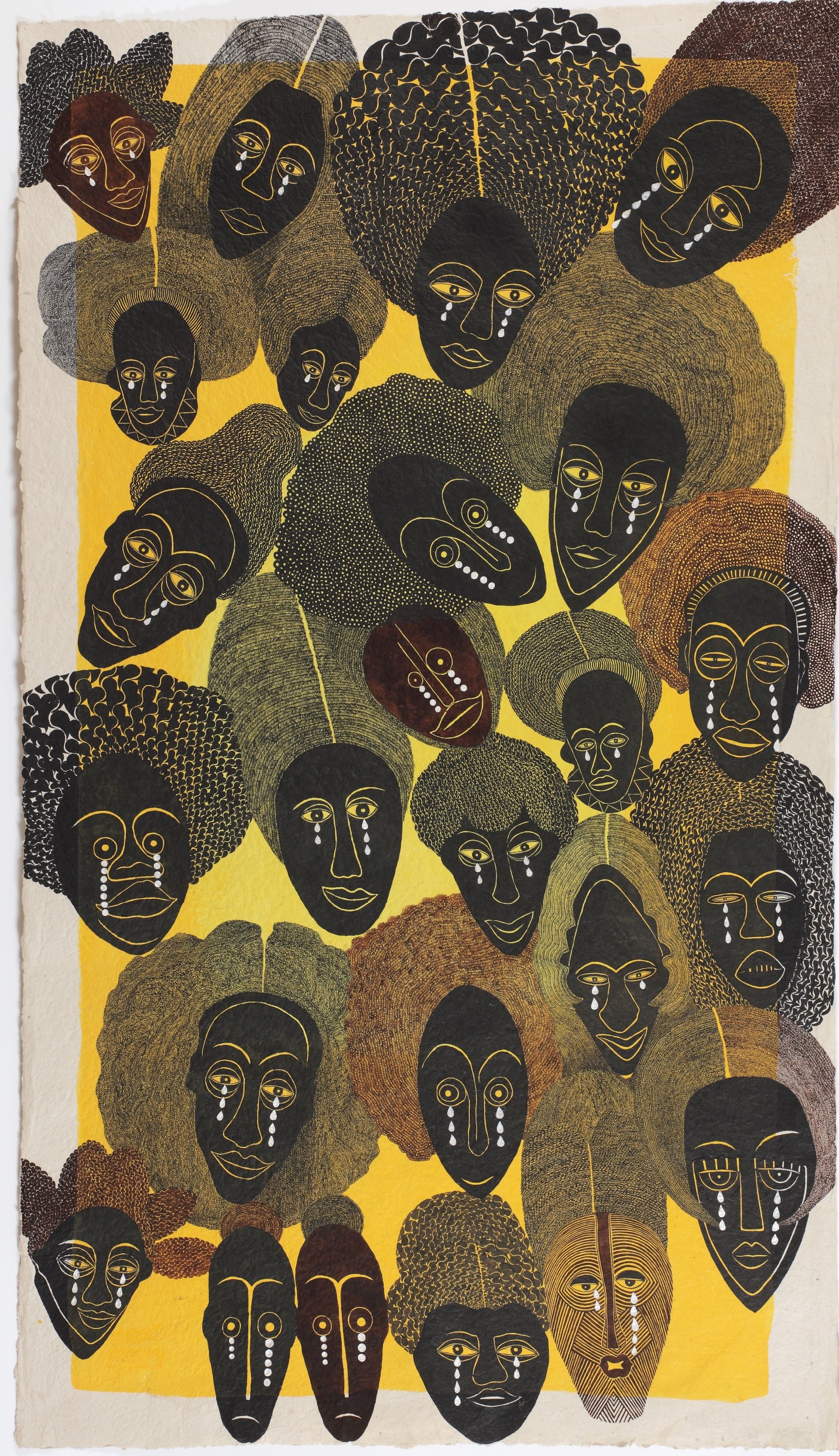© Turkuvaz Haberleşme ve Yayıncılık 2024
Istanbul Modern, Turkey's first museum of modern and contemporary art, continues its exhibition series by increasing the visibility of women with Selma Gürbüz’s new exhibition. “This Place We Call World,” which addresses Gürbüz’s 35-year art journey through a number of themes, opens on Nov. 5 and will continue until March 31, 2021.
Gürbüz is an artist whose work defies the borders of countries. Having received an education both in the U.K’s Exeter College of Art Design and Turkey’s Marmara University Fine Arts Faculty, she has participated in numerous exhibitions in Paris, Rome, Buenos Aires, Barcelona and various cities in Japan. Her works are featured in several museum collections, including the British Museum in London, the Galerie Maeght Collection in Paris, Istanbul Modern and the Ankara Art and Sculpture Museum. She continues to work from her studio in Istanbul, but her artwork is displayed in different cities across the globe. In her latest show at Istanbul Modern, Gürbüz showcases elaborate works woven with myths, legends and fairytales that transcend space and time.

“This Place We Call World” is the first comprehensive exhibition of the artist's work to be hosted by a museum in Turkey. The show, comprising of the artist’s unique repertoire, centers on works never before exhibited and features more than 100 pieces ranging from paintings and installations to drawings, videos and sculptures.
The exhibition of selected works promotes cross-cultural synthesis and aims to manifest the past in the present while reflecting on civilizations. It is a distillation of Gürbüz's extensive artistic archive, which she refined over many years. Although the artist’s works seem detached from the reality of our world, they depict life, the passage of time and the state of people in this cycle.
Narrating different stories through her works, the artist shares the dreams, fears, inner journeys and themes of life and death that are present in our collective memory. She urges us to confront these thoughts to overcome them. In addition to building a connection with Iranian, Indian and Turkish miniatures as well as art from the Far East, Gürbüz applies elements of Western painting, with which she is also familiar. In the world she invites viewers to enter, human and animal figures are depicted in an inseparable union. Gürbüz's work following her trip to Africa especially helps visualize the intersecting lives of humans and animals on the generous, warm but at some times menacing continent.
Noting “This Place We Call World” is her first solo exhibit after a three-year hiatus, Gürbüz said that the show could be considered a retrospective as it displays examples from different periods of her artistic career.
Displaying the wandering spirit of an artist who has explored many geographies, times and cultures, the carefully curated exhibition invites us to rethink our approach to people, nature and life.
